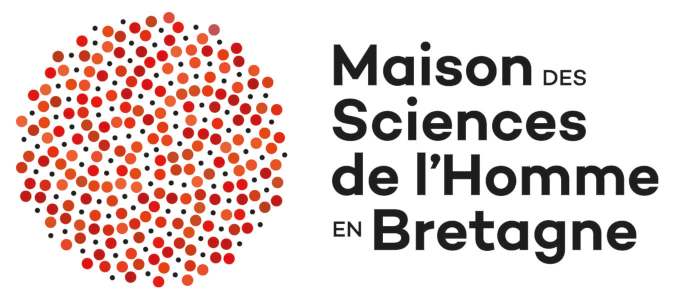Résumé
L’Atlas Linguistique des Côtes Atlantiques et de la Manche (ALCAM) est établi grâce à un logiciel SIG (Système d’Informations Géographiques). Il comprend pour l’instant 109 points d’enquête depuis la Flandre française jusqu’au Pays Basque. Le questionnaire totalise 350 notions concernant l’environnement marin, le bateau, le matériel de pêche, la faune et la flore marines. Les acteurs de ce projet s’appuient sur les cartes linguistiques interprétatives et commentées. Ils examinent les corrélations entre aires linguistiques et culturelles le long des côtes atlantiques françaises. Ils intègreront peu à peu les renseignements fournis par les sources géolinguistiques flamandes/néerlandaises au nord, et les données ibériques au sud. L’analyse des data géolinguistiques et archéologiques à l’échelle européenne peut apporter des éléments de réponse extérieurs à un espace linguistique supposé homogène ou à une zone de parlers étroitement apparentés. La transgression des frontières linguistiques favorise l’appréhension des notions d’aire et de limite selon un nouveau regard. On peut ainsi révéler des faits de continuité ou d’affinités culturelles profondes restés jusqu’alors inaperçus. L’ALCAM contient des données d’une valeur inestimable pour mieux comprendre ces phénomènes d’interaction remontant parfois à la Préhistoire. Cet outil de recherche prometteur pourra être transposé d’autres zones maritimes européennes et mondiales.
The Atlas Linguistique des Côtes Atlantiques et de la Manche (ALCAM) is based on a Geographic Information System (GIS) software. It currently comprises 109 points of inquiry from the French Flanders to the Basque Country. The questionnaire contains 350 notions concerning the maritime environment, the boat, the fishing equipment, animals and plants of the sea. The researchers involving in this project use interpretative and commented linguistic maps to examine the correlations between linguistic and cultural areas along the French Atlantic coasts. They will integrate progressively the informations provided by the Flemish / Dutch geolinguistic sources in the North and the Iberian data in the South. The analysis of geolinguistic and archaeological data at a European scale can provide elements of an external response to a supposedly homogeneous linguistic space or to a zone of closely related dialects. The transgression of linguistic borders promotes the understanding of notions like ‘territory’ and ‘limit’ from a new point of view. One can thus reveal facts of continuity or of deep cultural affinities that were hitherto unnoticed. The ALCAM contains data of inestimable value derived from a fine and intergenerational observation of nature. This promising research tool could be transposed to other maritime areas in Europe and in the world.
Daniel Le Bris Celtique et géolinguistique EA 4451 CRBC | Gary German Anglais EA 4451 CRBC | Jean Le Dû Langue celtique EA 4451 CRBC |
Cyril Marcigny Archéologie UMR 6566 CReAAH | Patrice Brasseur Linguistique romane Identité Culturelle, Textes et Théatrâlité - EA 4277 -ICTT | Guylaine Brun-Trigaud Bases, Corpus, Language - UMR 7320 BCL |
Alain Viaut Dialectologie romane et sociolinguistique | Charles Videgain Etudes basques et ethnolinguistique Centre de recherche sur la langue et les textes basques - UMR 5478 IKER | Xaverio Ballester Philologie latine Departamento de Filologia Clàssica |
Francesco Benozzo Ethnologie et linguistique celtique et romane Dippartimento di Lingue e Letterature Straniere | Pilar Garcia-Mouton Philologie et géolinguistique romanes Departamento de Lengua y Análisis del Discurso | Marcel Otte Préhistoire Union Internationale des Sciences Préhistoriques et Protohistoriques |
Pole
Armorique, Amériques, Atlantique
